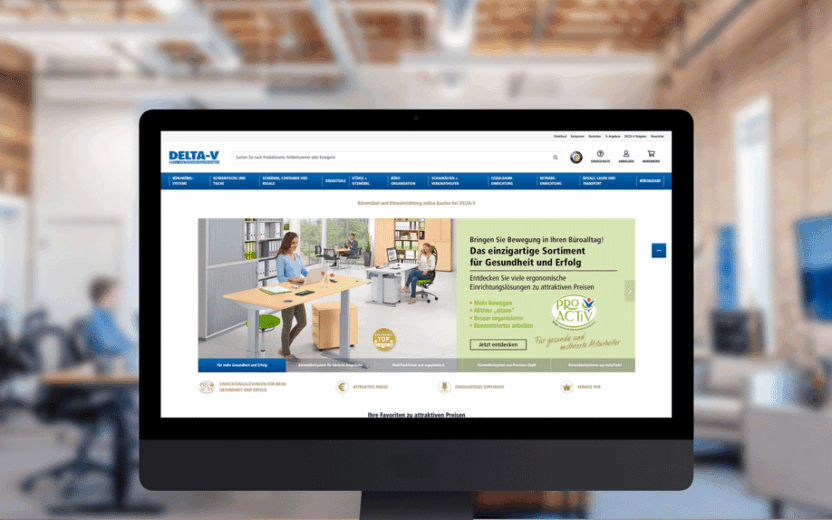Highlight

Successful together – our valantic Team.
Meet the people who bring passion and accountability to driving success at valantic.
Get to know usYour partner for manual test cases
Manual E2E testing covers your software comprehensively, verifying functionality through real user scenarios. We employ detailed test plans and, at times, integrate exploratory tests, aligning test case design, execution, and product development simultaneously.

The goal of manual E2E testing is to test the software with structured test cases from the end user’s perspective. This ensures that the software meets the acceptance criteria and thus complies with the expected user behavior. This is accomplished by dividing the project to be tested into different test scenarios – for instance, limit analysis, edge cases or error cases.
Features are not usable or faulty.
Not all acceptance criteria are met.
Error cases and edge cases are not tested.
Usability issues from the end user’s perspective are not discovered.

Manual test cases – in good hands with valantic
But who designs the manual test cases? And who executes them and ensures that new features meet all relevant acceptance criteria? Good news: Our dedicated test team does this and more every day!
We write test cases so that all conceivable scenarios (happy path, error cases & edge cases) are tested. We execute these test cases and create detailed error reports. And if you like, we can support you throughout the entire testing process with strategic consulting.
Not only happy paths are tested but also crucial error cases and edge cases.
Errors in the layout or in user handling are uncovered.
Under certain circumstances, errors are also found that are not directly related to the user story.
Manual testing makes a 4-eyes principle possible, which is conducive to quality assurance.
The scope or focus of the test can be changed and adapted very quickly.
Compared to automated testing, manual testing usually results in faster acceptance.

Success stories
ESA improves its online store with automated E2E tests
Not sure whether your product
would benefit from E2E testing?

Blog
Performance Check: Quality assurance for long-term composable commerce success

QA-Checklist for Composable Commerce
Test management for consistently high performance

Success stories
DELTA-V: tradition meets contemporary functionality